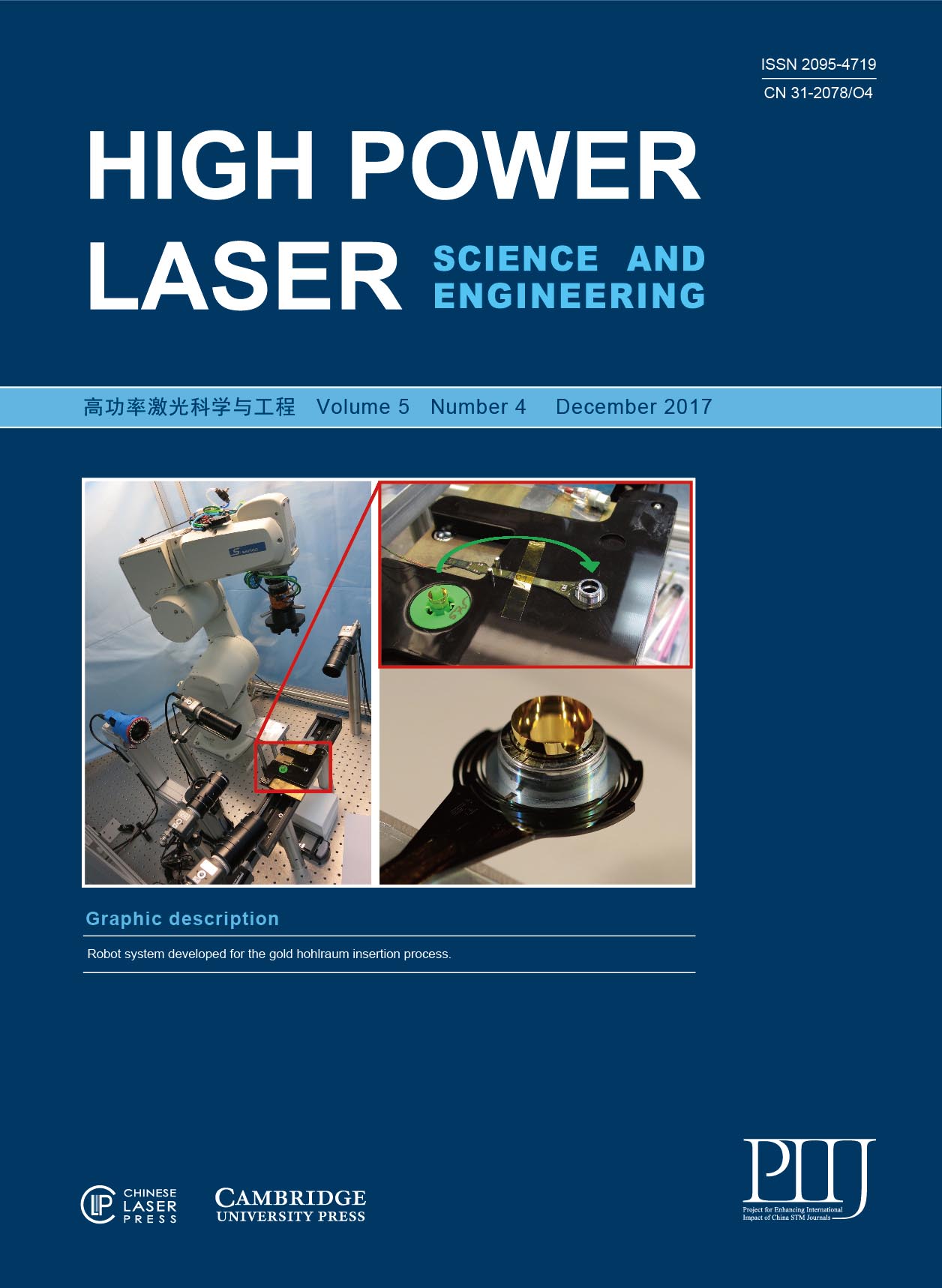 View fulltext
View fulltext
Optical damages, which severely degrade the output energy performance of Nd:glass regenerative amplifiers, are discussed in detail in this paper. By a series of experiments, it has been confirmed that these damages result from laser-induced contamination. Based on this work, several improvements are made to boost output energy performance of the regenerative amplifier. The output energy of the regenerative amplifier after improvements declines 4% after 1000 h of operation, much less than it used to, 60% after 560 h of operation.
A type of $\unicode[STIX]{x1D706}/4$–$\unicode[STIX]{x1D706}/4$ ultra-broadband antireflective coating has been developed using modified low refractive silica and high refractive silica layers by a sol–gel dip coating method for amplifier blast shields of the Shen Guang II high power laser facility (SG-II facility). Deposition of the first layer (high refractive index silica) involves baking at $200\,^{\circ }\text{C}$ in the post-treatment step. The second layer (low refractive index, $n=1.20$) uses low refractive index silica sol modified by acid catalysis. Thermal baking at temperatures no less than $500\,^{\circ }\text{C}$ for 60 min offers chemical stability, ethanol scratch resistance, and resistance to washing with water. The average residual reflection of dual-side-coated fused silica glass was less than 1% in the spectral range from 450 to 950 nm. Transmission gain has been evaluated by taking into account angular light, and the results show that the transmission gain increases with increasing light incidence. Even at $60^{\circ }$, the transmission spectrum of the broadband antireflective coating effectively covered the main absorption peak of Nd:glass.















